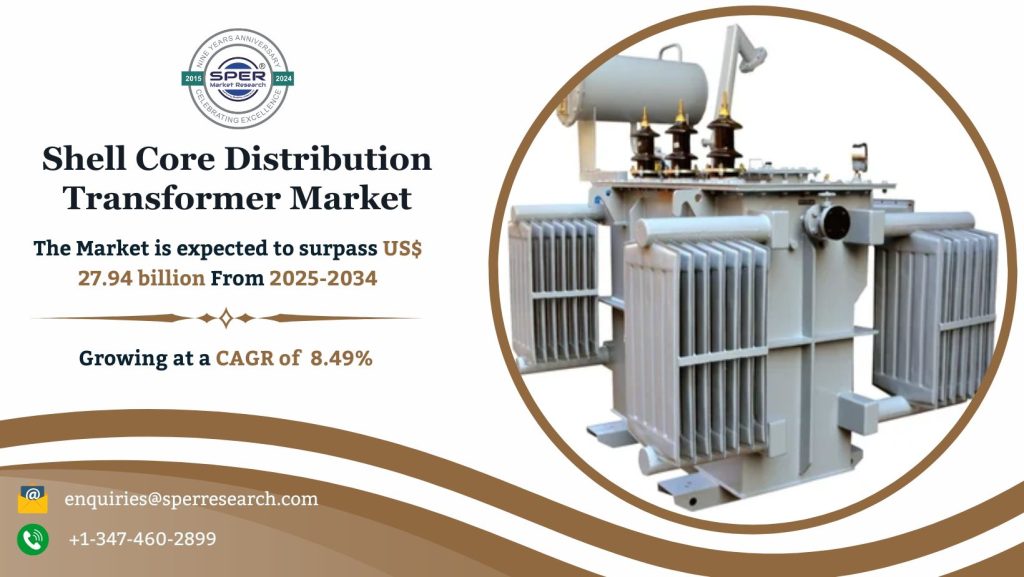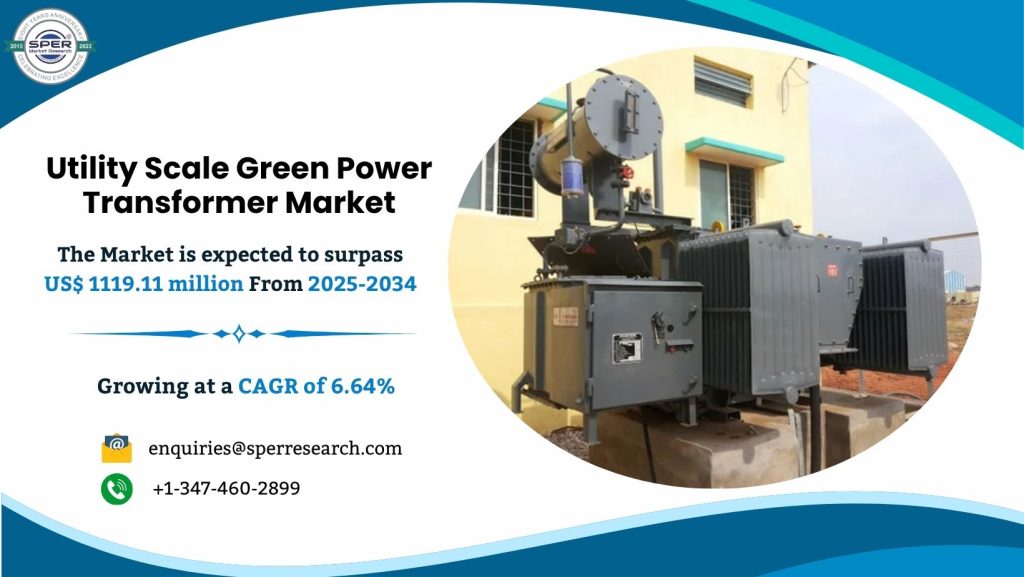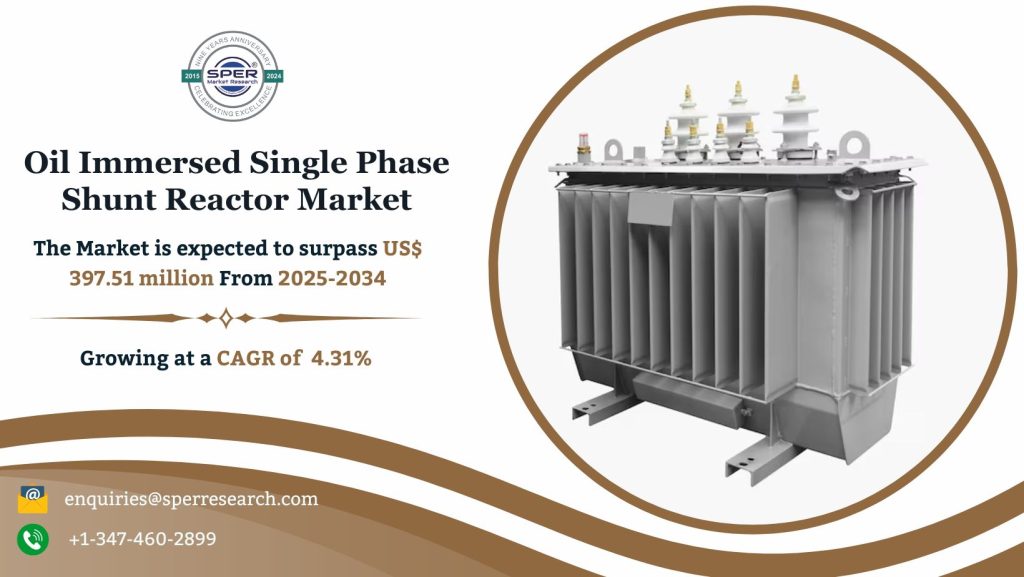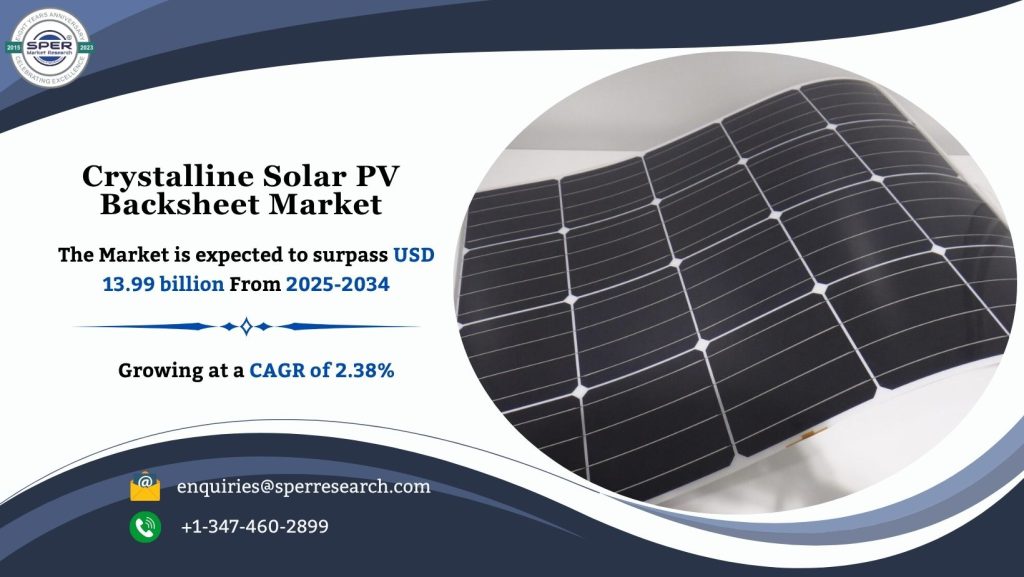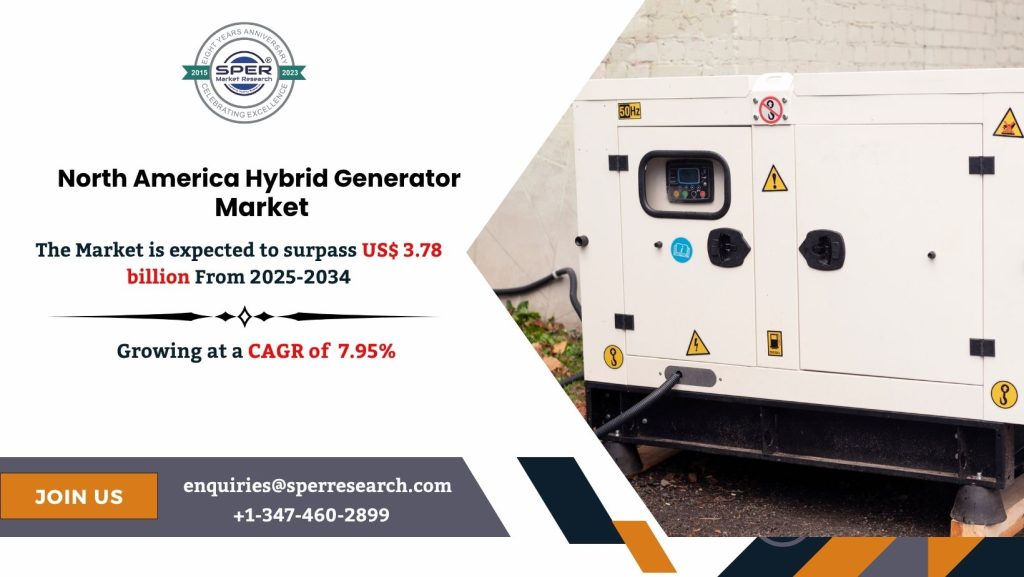Global solar encapsulation plays a vital role in enhancing the durability, efficiency, and performance of solar photovoltaic (PV) modules. Encapsulation involves using protective materials, typically ethylene-vinyl acetate (EVA), polyvinyl butyral (PVB), or thermoplastic polyolefin (TPO), to safeguard solar cells from environmental factors such as moisture, UV radiation, and mechanical damage. This protective layer not only increases the lifespan of solar panels but also ensures consistent energy output over time. These encapsulation materials are critical for maintaining the structural integrity and electrical performance of solar modules throughout their operational life. These materials contribute significantly to the reliability and the long-term sustainability of solar power systems across the whole globe.
According to SPER Market Research, “Global Solar Encapsulation Market Growth, Size, Trends Analysis – By Material, By Technology, By Application – Regional Outlook, Competitive Strategies and Segment Forecast to 2034” states that Global Solar Encapsulation Market is estimated to reach 11.72 USD billion by 2034 with a CAGR of 8.26%.
Drivers:
One of the main developments in the solar encapsulation industry is the worldwide movement towards renewable energy, particularly solar electricity. The market for solar power is growing quickly as long as businesses continue to prioritize investments in renewable energy. EVA (ethylene vinyl acetate) sheets and other solar encapsulants are essential for shielding solar cells from mechanical stress, moisture, and ultraviolet light. The expansion of the solar encapsulation market is also being driven by advancements in the manufacture of solar modules, such as bifacial and high-efficiency solar cells. These increase solar panels’ longevity and energy yield, which necessitates the use of encapsulants that can withstand greater temperatures and exposure to UV light.
Request a Free Sample Report: https://www.sperresearch.com/report-store/solar-encapsulation-market?sample=1
Restraints:
Solar PV recycling is rather complicated. In terms of size, technology, composition, and condition, the EoL solar PV module flow is not uniform. Furthermore, current solar PV panels were not made to be recycled; performance and durability criteria have resulted in sandwich-like, sealed, and encapsulated constructions that make it challenging to separate the constituent parts. During recycling, solar encapsulating materials like polyvinyl butyral (PVB) and ethylene-vinyl acetate (EVA) can be challenging to separate. It is more difficult to separate and recover these materials since they are made to be strong and resilient to environmental influences. Long-term exposure to sunlight and other environmental conditions can cause encapsulation materials to deteriorate over time. China held the biggest revenue share in the Global Solar Encapsulation Market. This dominance is driven by factors such as substantial investment in renewable energy and the presence of leading solar panel manufacturers. Focus on infrastructure development and increasing infrastructure projects also contributes to the growing demand for solar encapsulation materials. Some of the key market players are First Solar, H.B. Fuller Company, Dow, DuPont, Exxon Mobil Corporation and LG Chem.
For More Information, refer to below link: –
Solar Encapsulation Market Share
Related Reports:
Crystalline Solar PV Backsheet Market Growth
Electrical Conduit Market Growth
Follow Us –
LinkedIn | Instagram | Facebook | Twitter
Contact Us:
Sara Lopes, Business Consultant — USA
SPER Market Research
enquiries@sperresearch.com
+1–347–460–2899

